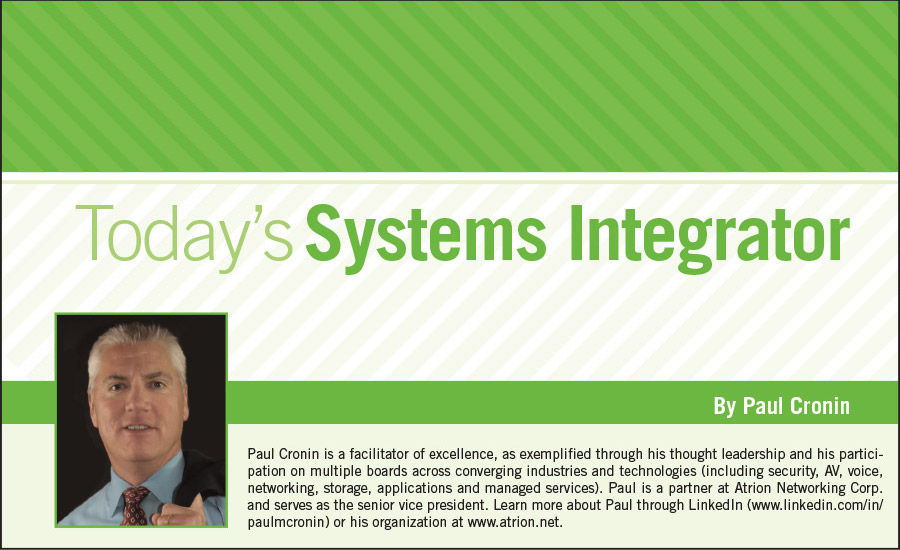I recently had the opportunity to lead an educational session at the ISC West Conference. The session “Leading Conflict: Using Conflict to Foster Leadership” was packed and surprisingly included a very broad group of attendees, from integrators to suppliers to end users.
Organizational conflict is emerging as a key workplace issue among the executives that I consult with. They tell me that there is a lack of self-control and/or skills to deal with conflict. Conflict is an unwelcome disruption, and in a team or department it can quickly spread, causing damaged relationships, lower productivity, lower morale and even business failure.
It is common for organizations to view conflict as a disagreement between two or more parties, as a source of emotion, frustration, and negativity. Much of the time, we see conflict as something that is so harmful it should be avoided at all costs. Despite these views of conflict, some disagreements within an organization can be an opportunity for creative thinking, problem-solving, learning and growth.
The panelists took turns describing different textbook types of conflict, such as personality conflict, behavioral conflict, situational conflict, organizational conflict and communication conflict.
My claim is that with conflict comes opportunity. The fact is that all organizations encounter conflict; however, perceptive leaders will use conflict to propel an organization rather than disrupt it. The leader’s role when addressing conflict is to understand why people disagree, have a process to resolve the conflict, and know when to intercede.
One of the panelists added that for an organization to evolve and move forward, its leaders must work together. The bigger the hurdle or goal, the higher the stakes are. Unfortunately, the higher the stakes, the greater the chances that conflict will arise.
Panelists mentioned that most causes of workforce conflict are due to different cultures, contrasting values, opinions and beliefs, lack of sensitivity to age, gender, education and ability. One panelist was quick to identify poor communication skills, fast-changing workplaces, limits on resources and hierarchal workplace and pursuit of power.
Research shows that in most cases, 80 percent of the conflict is unwarranted conflict. In unwarranted conflict, team members agree with the stated goal, but they disagree about how to accomplish the stated goal. People may have very different ideas about how to achieve a goal, and the conflict focus should be on how to get there rather than on personality battles. This is where leaders need to focus on fostering a culture of trust that allows team members to collaborate and solve problems together.
Panelists talked about some of the struggles they have had trying to balance teamwork with championing their own ideas and elaborated on the five conflict strategies (avoiding, collaborating, competing, accommodating and compromising) and how to identify and address conflict as a leader.
As a rule, collaboration is the way to deal with important issues, although forcing can sometimes be appropriate if time is an issue. For moderately important issues, compromising can lead to quick solutions but it doesn’t satisfy either side, nor does it foster innovation. Accommodating is the best approach for unimportant issues as it leads to quick resolution without straining the relationship. Competition operates a zero sum game, in which one side wins and the others lose. But competition used outside the organization to promote a competitive spirit to out perform a competitor or create a new product can be beneficial. The avoidance conflict strategy seeks to put off conflict altogether. In some circumstances, avoiding can serve as a good conflict management strategy, such as after the dismissal of a popular but disruptive employee.
I hope you can share with me your thoughts on how to create success through conflict when we meet.
Connect with me on LinkedIn, by email at paul@cronincorp.com, or visit one of my sessions at: Channel Partners, TSA National Conference, CompTIA’s Channel Con, CP Cloud Evolution, or NSCA’s Pivot to Profit, and I would be happy to share more experiences.



